Engine repairs

Every engine repair begins with a visual inspection and photo documentation of any accepted order. We determine at what circumstances the engine malfunction occurred, whether gradually over a longer period of time or if it was caused by a momentary disturbance. We will inquire after the state of the cooling system, car fluids and the temperature at the moment of failure. This information will help us determine the exact cause of the engine malfunction and enable us to select the optimal procedure for conducting repairs. We pay careful attention to every single phase during the engine reparation process. The engine is disassembled into individual parts, which are then cleansed in the automatic carousel wash. After washing and degreasing, each part is impregnated for corrosion protection and dried.
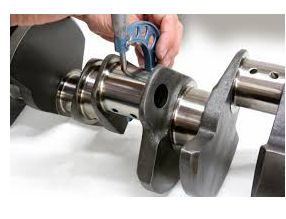
We pay increased attention to every moving part. After washing, we measure them to find their nominal values and compare them to the numbers provided by the engine manufacturer. Their conformity and differences determine the manner in which each part will be repaired or replaced by a new one in case they do not match the prescribed standard. Crankshafts are examined for wobbling and grinded. Larger engines may be subjected to defectoscopic analysis. Connecting rods are rebored, mounted with new bushings and balanced.
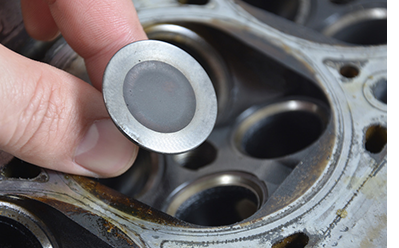 We closely examine the flatness of the cylinder heads bearing surface, the condition of guiding pins and valve seats and the position of camshaft. We pressurize the heads in hot water until we reach 3 bars. This amount of pressure reveals even the smallest material fractures. Afterwards we repair the valve seats, replace the guiding pins, flatness grinding, etc. The valves are cleaned mechanically and subsequently repaired or replaced.
We closely examine the flatness of the cylinder heads bearing surface, the condition of guiding pins and valve seats and the position of camshaft. We pressurize the heads in hot water until we reach 3 bars. This amount of pressure reveals even the smallest material fractures. Afterwards we repair the valve seats, replace the guiding pins, flatness grinding, etc. The valves are cleaned mechanically and subsequently repaired or replaced.
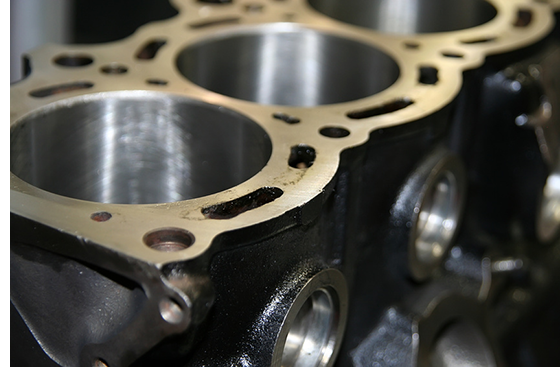 In each engine block, we measure the position of the crankshaft, flatness of the bearing surface and the condition of the threading and core plugs. Blocks are bored and honed. If it is necessary, they are also pressurized. With engine blocks that have not been equipped with cylinder liners in their primary production, we can bore the cylinders and mount them with a repair insert, which is then rebored and honed to reach the desired size. The placement of wet cylinders into the block is adjusted with mechanical accuracy of 0.01 mm. The last step constitutes applying the anti-corrosive paint.
In each engine block, we measure the position of the crankshaft, flatness of the bearing surface and the condition of the threading and core plugs. Blocks are bored and honed. If it is necessary, they are also pressurized. With engine blocks that have not been equipped with cylinder liners in their primary production, we can bore the cylinders and mount them with a repair insert, which is then rebored and honed to reach the desired size. The placement of wet cylinders into the block is adjusted with mechanical accuracy of 0.01 mm. The last step constitutes applying the anti-corrosive paint.
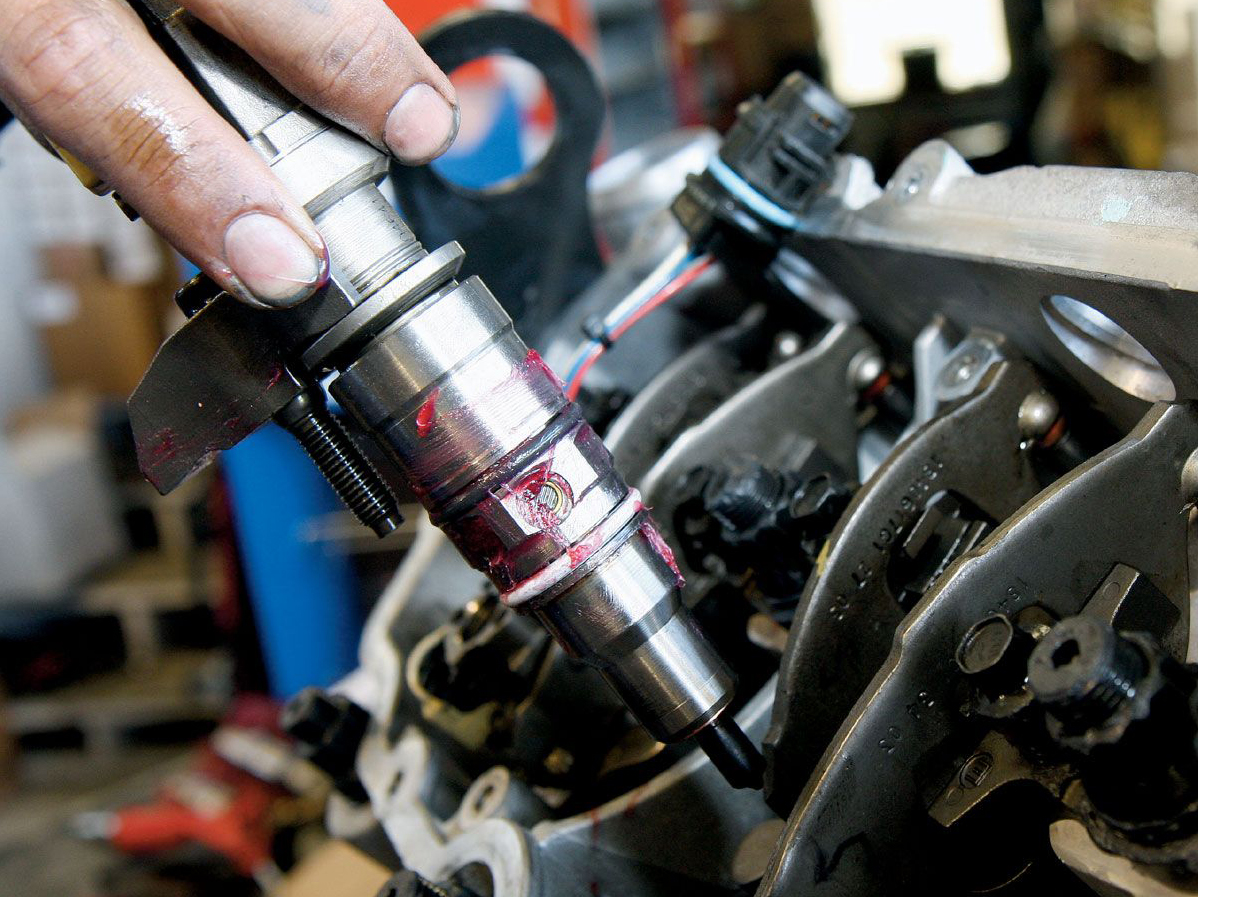 In the final phase the engine is put back together. The crankshaft is placed into the block. New pistons, bearings and oil nozzles are installed together with the lubrication system, cooling system, fuel system and new timing gear. The cylinder head is installed on the engine and the timing gear is adjusted properly. Every step is carefully recorded. This means that a card is assigned to every engine, which contains all technical information, tightening torque and procedures that need to be followed during the engine repairs. All of them are constantly checked during the repair.
In the final phase the engine is put back together. The crankshaft is placed into the block. New pistons, bearings and oil nozzles are installed together with the lubrication system, cooling system, fuel system and new timing gear. The cylinder head is installed on the engine and the timing gear is adjusted properly. Every step is carefully recorded. This means that a card is assigned to every engine, which contains all technical information, tightening torque and procedures that need to be followed during the engine repairs. All of them are constantly checked during the repair.
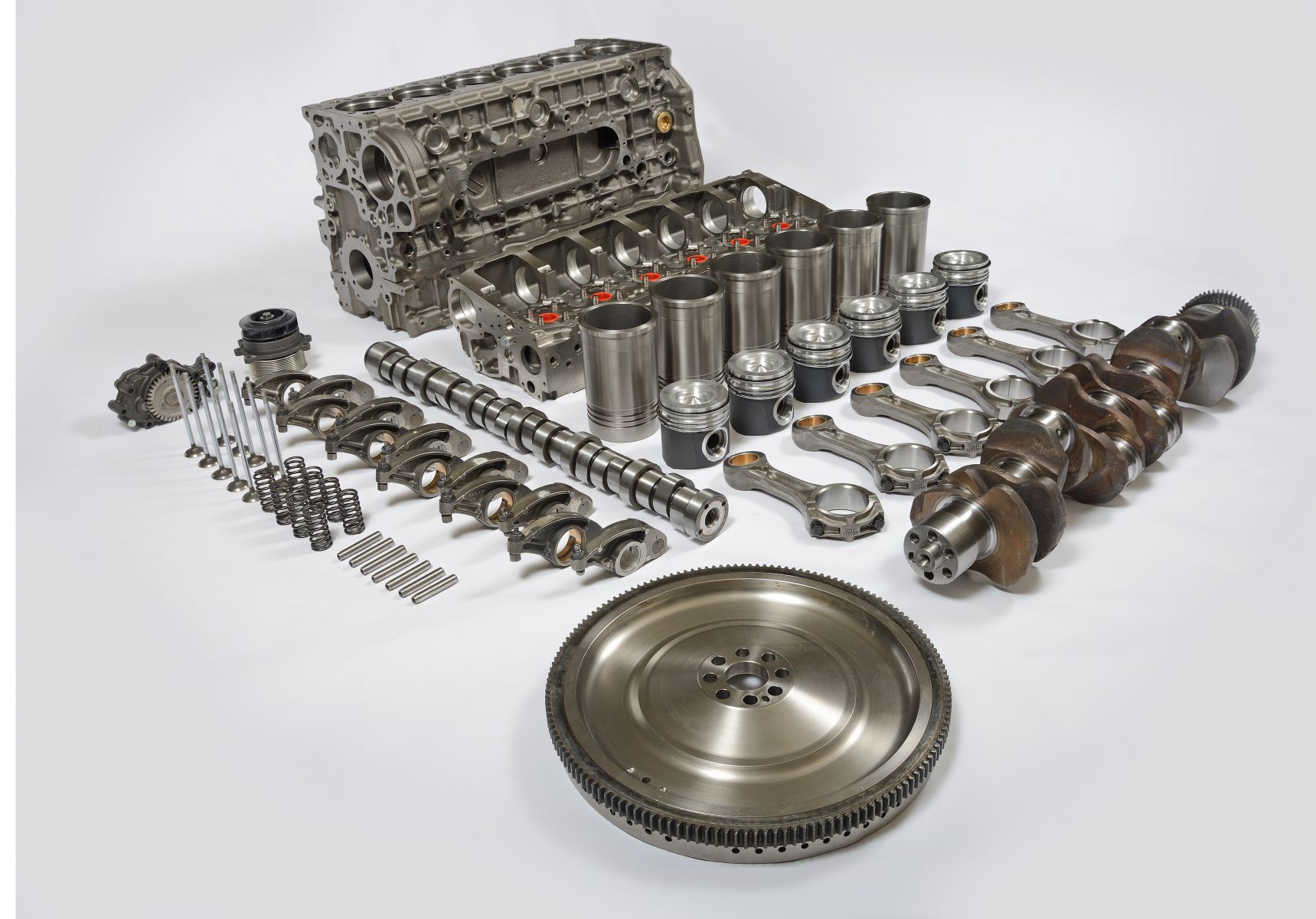 More than 25 years of experience have taught us not to experiment. That is why we only use original parts or parts that are qualitatively equal to them. We have our own spare parts warehouses with more than 5,000 items. For many years, we have been working with reliable domestic and foreign suppliers, who guarantee quality, price and quick deliveries. Every year we visit expositions of European spare parts and equipment suppliers expositions and follow the latest trends in our field in order to have the newest information possible.
More than 25 years of experience have taught us not to experiment. That is why we only use original parts or parts that are qualitatively equal to them. We have our own spare parts warehouses with more than 5,000 items. For many years, we have been working with reliable domestic and foreign suppliers, who guarantee quality, price and quick deliveries. Every year we visit expositions of European spare parts and equipment suppliers expositions and follow the latest trends in our field in order to have the newest information possible.